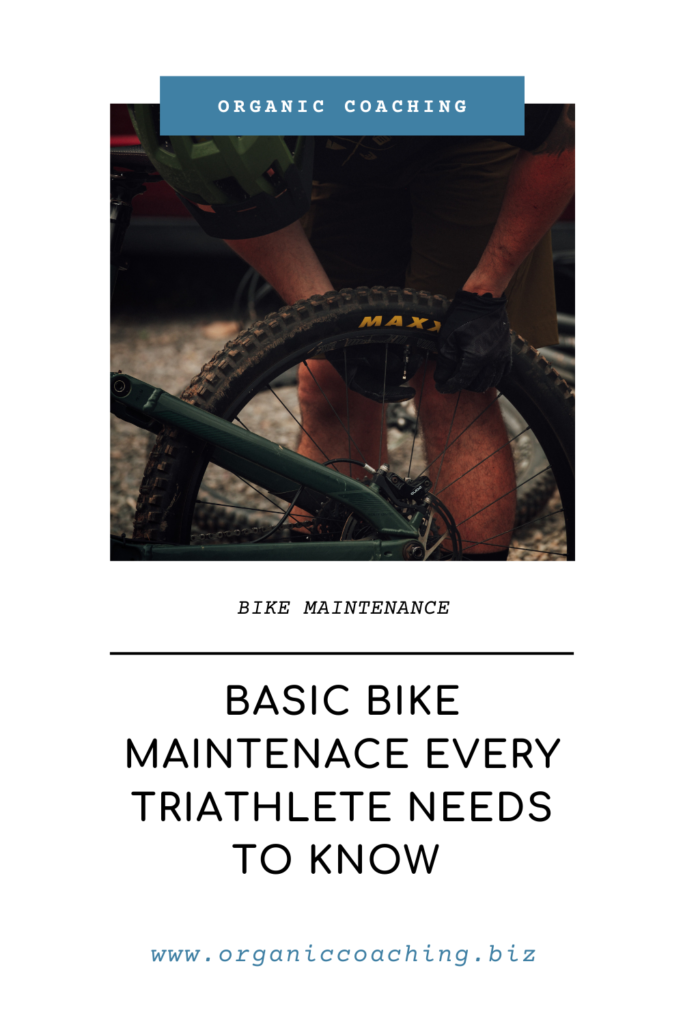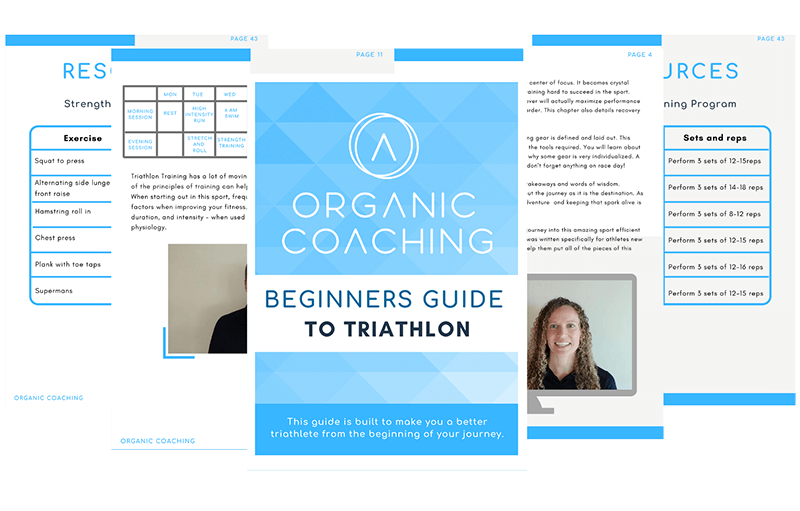

Are you terrified of touching your bike in fear that you’ll break it? This is a common question that we hear from our athletes. So if you fear bike maintenance, buckle up, because this article is for you! This article will teach you exactly how to consistently care for your bike with confidence and not fear.
The bike is usually the longest leg of a triathlon. So as triathletes we usually spend more time on our bikes vs. swimming and running. Due to all that time spent on the bike racing and training the bike can experience a lot of wear. Wear can lead to problems and breakdowns. There are steps that can be taken to prevent, slow down, and catch problems before they happen. This is bike maintenance and inspections. Bike maintenance and inspections should be done regularly to help avoid being stranded on a training ride or ruining your race.
Lubing your chain. This is something that should be done often to help prolong the life of your drivetrain.
First, you need to pick the type of lube you want to use. Wet or dry. Dry lubes are best in dry environments since they are thin and waxy. This helps prevent dust, sand, and dirt from sticking to the chain. Wet lubes last longer and don’t wash off as easily as dry. So if you ride in wet conditions or ride long distances this may be the better choice. Wet lube can collect dirt and grit so the chain will need cleaning more often.
How often you lube your chain will vary from rider to rider depending on lube, milage, and conditions rode in. On average every 150-200 miles is a good rule to follow. To lube your chain you can slowly turn the crank backwards and apply one drop on each roller. Another option for lubing your chain is a hot wax dip. This requires removing the chain and dipping it into hot wax. This can be more work but helps keep the chain very clean and repels water.
Not only do you have to lube your chain, but you should clean once in a while. No matter what lube you use you need to clean the dirt off the chain that is causing wear. It’s like sandpaper to your components. You should clean your chain every month depending on how much you ride. There are many products on the market to use for cleaning your chain. What you use will be based on preference and what works well on the lube you have chosen. This may require some trial and error to get the right solution. To keep it inexpensive there are some dish soaps that work great for cleaning your chain.
Next, you will need some tools to clean your chain. You can use brushes (dish brush, toothbrush, or one specifically for bike chains will work) or you can purchase a chain scrubbing tool that has a reservoir to hold the solution and rotating brushes. Either route you decided on will work fine. Just scrub the chain until clean and rinse the cleaning solution away. You may have to repeat it a few times. While scrubbing your chain don’t forget to clean your cassette and chainring. Never use high pressure like a power washer to clean your bike or rinse it off. After scrubbing the chain and drying it off, remember to lube your chain again.
Part of bike maintenance is looking the bike over and inspecting for issues before they become a problem. This should be done every month or two.
One skill every cyclist should learn is to be able to fix a flat. Even though a race may have support vehicles to do this for you, the wait may be long. Even just getting it started for them to finish can save you precious time.
The little bit of time you spend on bike maintenance and learning the basics can save you so much more come race day. There are many resources online that can help you learn about your bike and how to take care of it.
-Coach David
READ MORE: ARE DISC BREAKS OR RIM BREAKS?


Carly and Tyler Guggemos built Organic Coaching in 2014 with a simple philosophy that works. The idea is to take what you have and grow it to get faster, fitter and stronger. And to do it with the time you have – not the time you wish you had.

For athletes who are ready to take their training to the next level while still thriving and succeeding in their professional and family life.
Copyright © 2024 Organic Coaching LLC